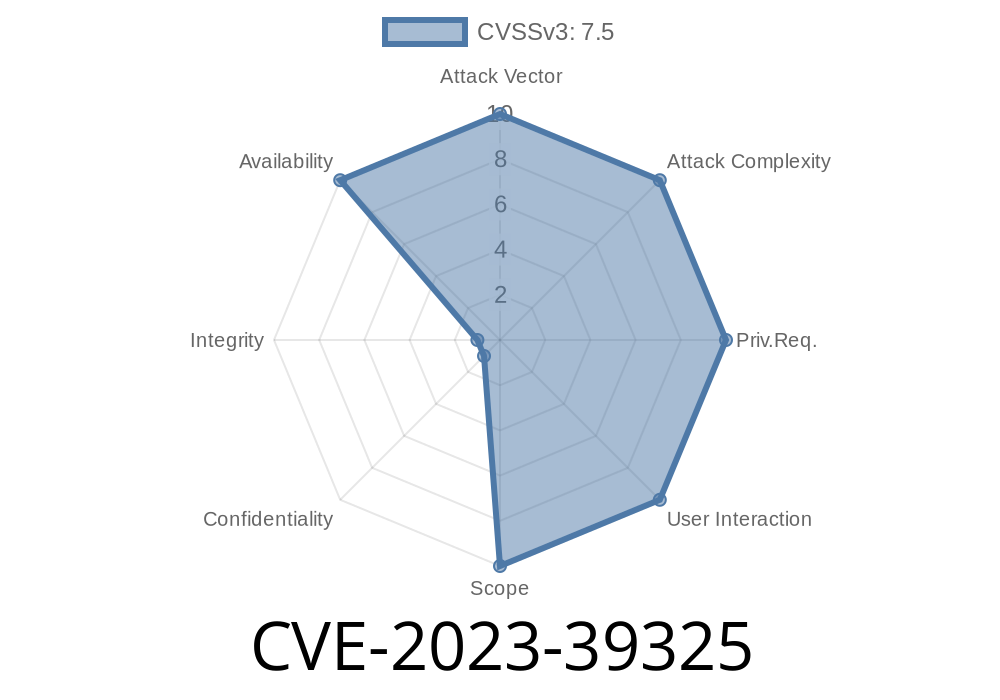A recently discovered vulnerability, CVE-2023-39325, has been identified in the handling of HTTP/2 requests within certain server implementations, which can lead to excessive server resource consumption. This post will provide an overview of the vulnerability, its impact, and the steps that can be taken to mitigate the risks associated with it.
Vulnerability Details
The vulnerability arises when a malicious HTTP/2 client rapidly creates requests and immediately resets them. Although the total number of requests is usually limited by the http2.Server.MaxConcurrentStreams setting, the resetting of an in-progress request permits the attacker to create a new request while the existing one is still executing.
With the fix applied, HTTP/2 servers will now limit the number of simultaneously executing handler goroutines based on the stream concurrency limit (MaxConcurrentStreams). New requests that arrive when at this limit (which can only happen after the client resets an existing, in-flight request) will be placed in a queue until a handler exits. In the event that the request queue becomes too large, the server will terminate the connection.
This issue has also been resolved in golang.org/x/net/http2 for users manually configuring HTTP/2.
Code Snippet
Here is a simple example of how to set the MaxConcurrentStreams value in Go using the golang.org/x/net/http2 package:
package main
import (
"net/http"
"golang.org/x/net/http2"
)
func main() {
srv := &http.Server{
Addr: ":808",
}
http2Conf := &http2.Server{
MaxConcurrentStreams: 250, // Set the maximum concurrent streams
}
http2.ConfigureServer(srv, http2Conf)
srv.ListenAndServeTLS("cert.pem", "key.pem")
}
References and Further Reading
- Original vulnerability announcement
- Go HTTP/2 documentation
- ConfigureServer function documentation
- MaxConcurrentStreams setting documentation
Conclusion
CVE-2023-39325 is an important security vulnerability that can expose servers to excessive resource consumption due to malicious HTTP/2 client behavior. By understanding the vulnerability's impact and applying the appropriate fixes, server administrators can maintain secure and performant applications.
Timeline
Published on: 10/11/2023 22:15:09 UTC
Last modified on: 11/10/2023 18:15:08 UTC
